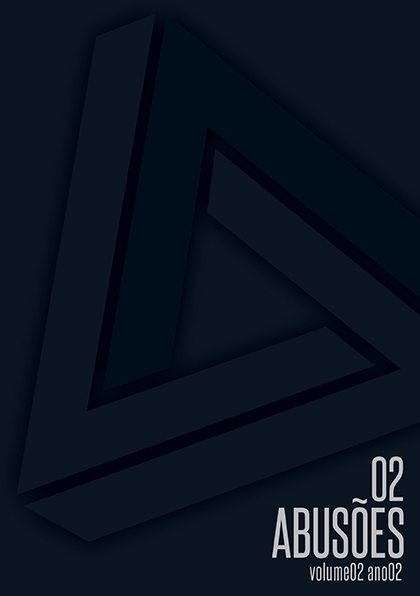ENTRE O HORROR E A BELEZA: A SUBLIME ESTÉTICA GÓTICA DOS FILMES DE GUILLERMO DEL TORO
Conteúdo do artigo principal
Resumo
RECEBIDO EM 09 MAR 2016
APROVADO EM 20 ABR 2016
Este artigo procura apontar alguns aspectospeculiares e importantes sobre a criação de efeitosde horror nos filmes Cronos, A Espinha do Diabo eO Labirinto do Fauno dirigidos pelo diretor mexicanoGuillermo Del Toro. Em sua filmografia, Del Tororevisita temas e motivos encontrados em um gênero,que contribuiu de forma significativa para a evoluçãoe popularização do horror cinematográfico: o gótico.Além disso, todos os filmes de Del Toro têm cenas degrande impacto visual, nas quais é criada uma relaçãode ambivalência entre o horripilante e a beleza.Assim, procuramos demonstrar a sublime estéticadas produções de Del Toro, que tem suas origens natradição gótica inglesa dos séculos XVIII e XIX, noscontos de fadas e em narrativas de autores do terrormoderno, tais como H. P. Lovecraft e também nosfilmes clássicos de horror gótico.
//
This paper aims to point out somepeculiar and important aspects about the creationof horror effects in the films, such as Cronos, TheDevil’s Backbone and Pan’s Labyrinth directedby Mexican director Guillermo Del Toro. In hisfilmography, Del Toro revisits themes, motifsfound in a genre, which contributed significantlyto the development and popularization of horrormovie: the Gothic. Besides, all Del Toro’s filmshave scenes of great visual impact, in which anambivalent relation between creepy and beauty iscreated. Therefore, we seek to show the sublimeaesthetic of productions directed by Del Toro,that have their origins in the Gothic tradition ofthe eighteenth and nineteenth centuries, in thefairy tales and in the narratives of authors ofmodern terror, such as H.P. Lovecraft and also inthe classic Gothic horror films.
DOI: 10.12957/abusoes.2016.25719
Downloads
Detalhes do artigo

Os conteúdos da Revista Abusões estão licenciados com uma Licença Creative Commons Atribuição-CompartilhaIgual 4.0 Internacional.

